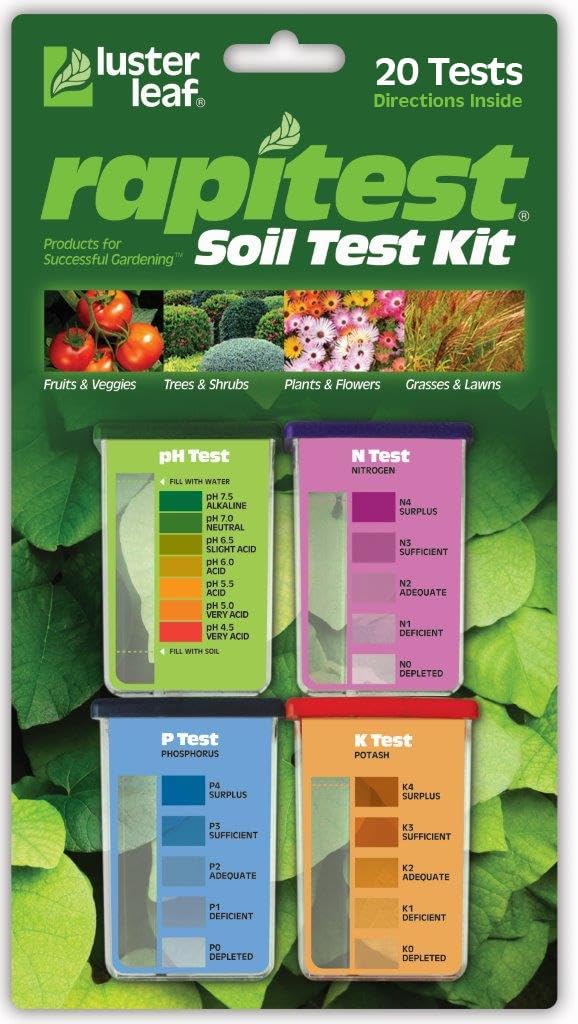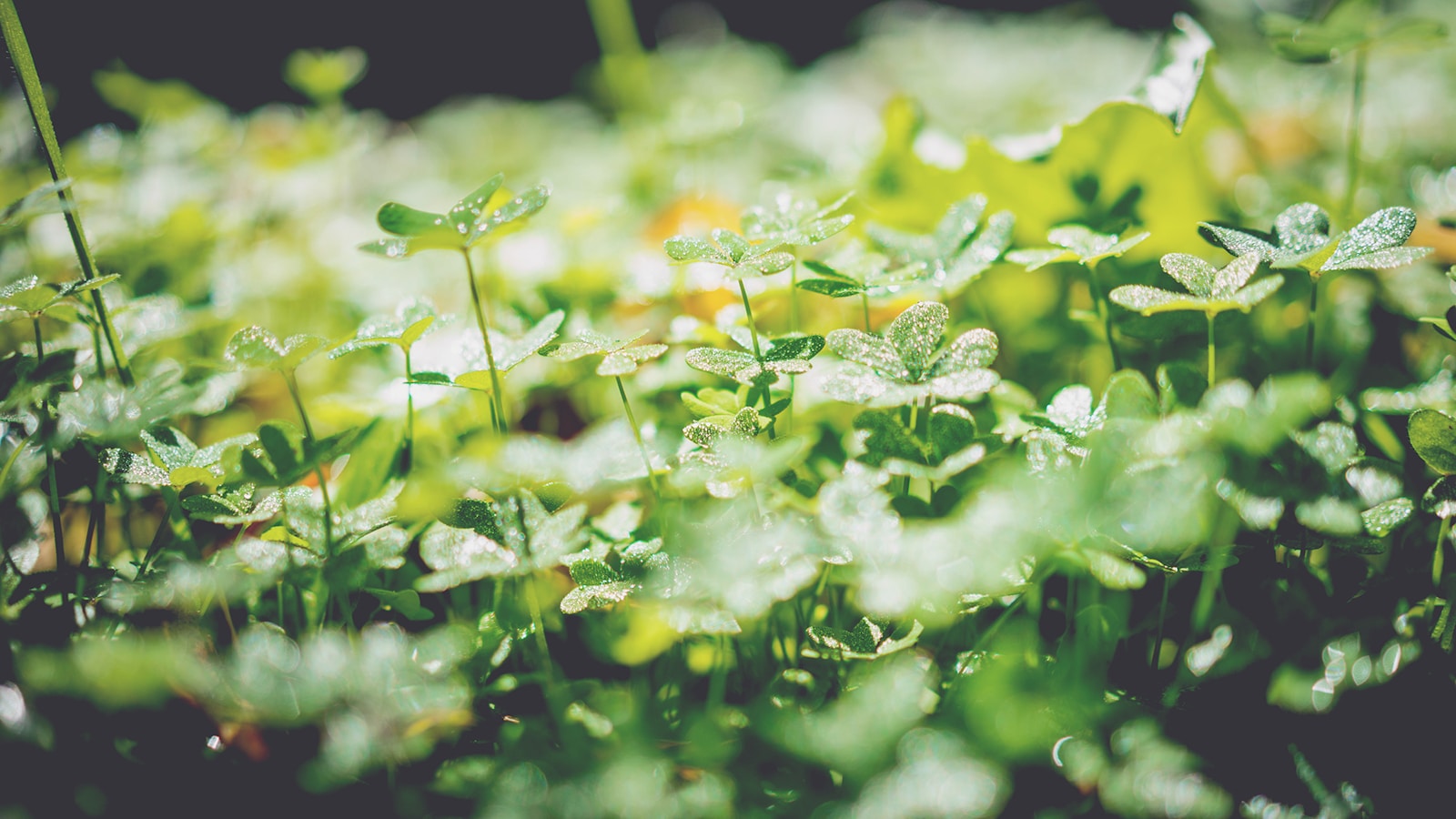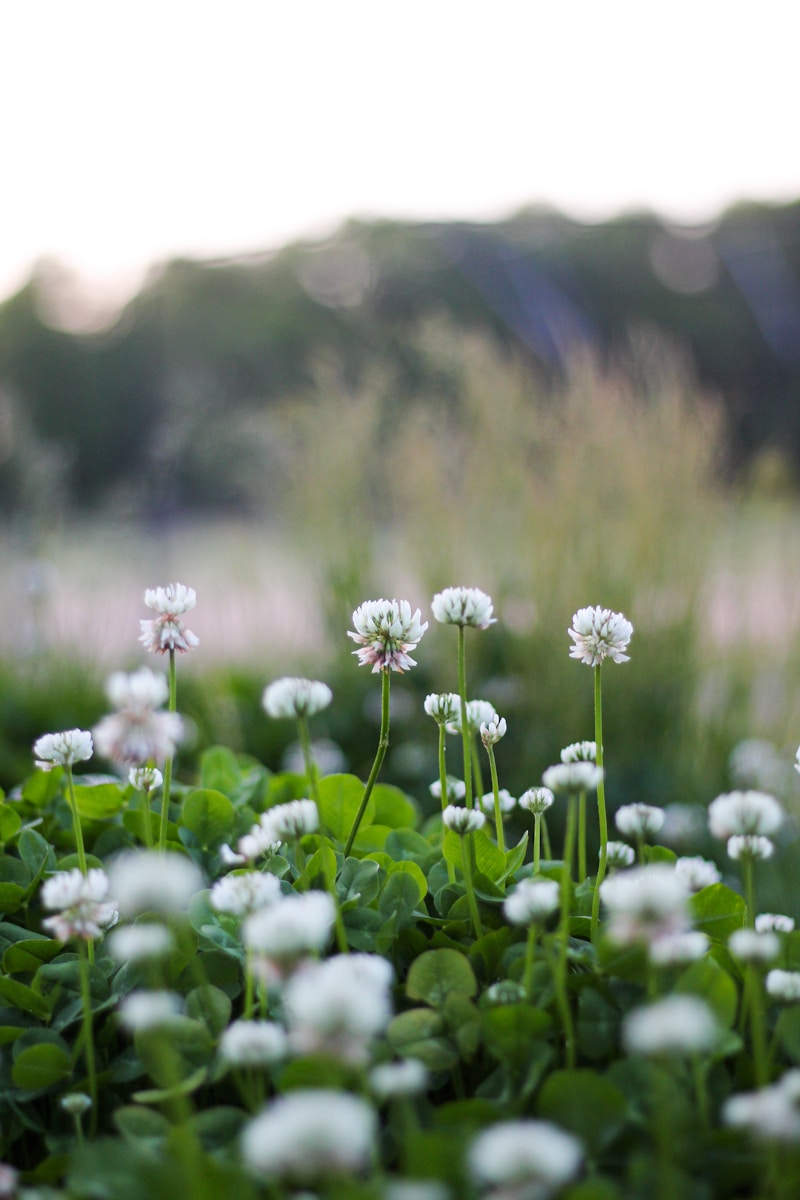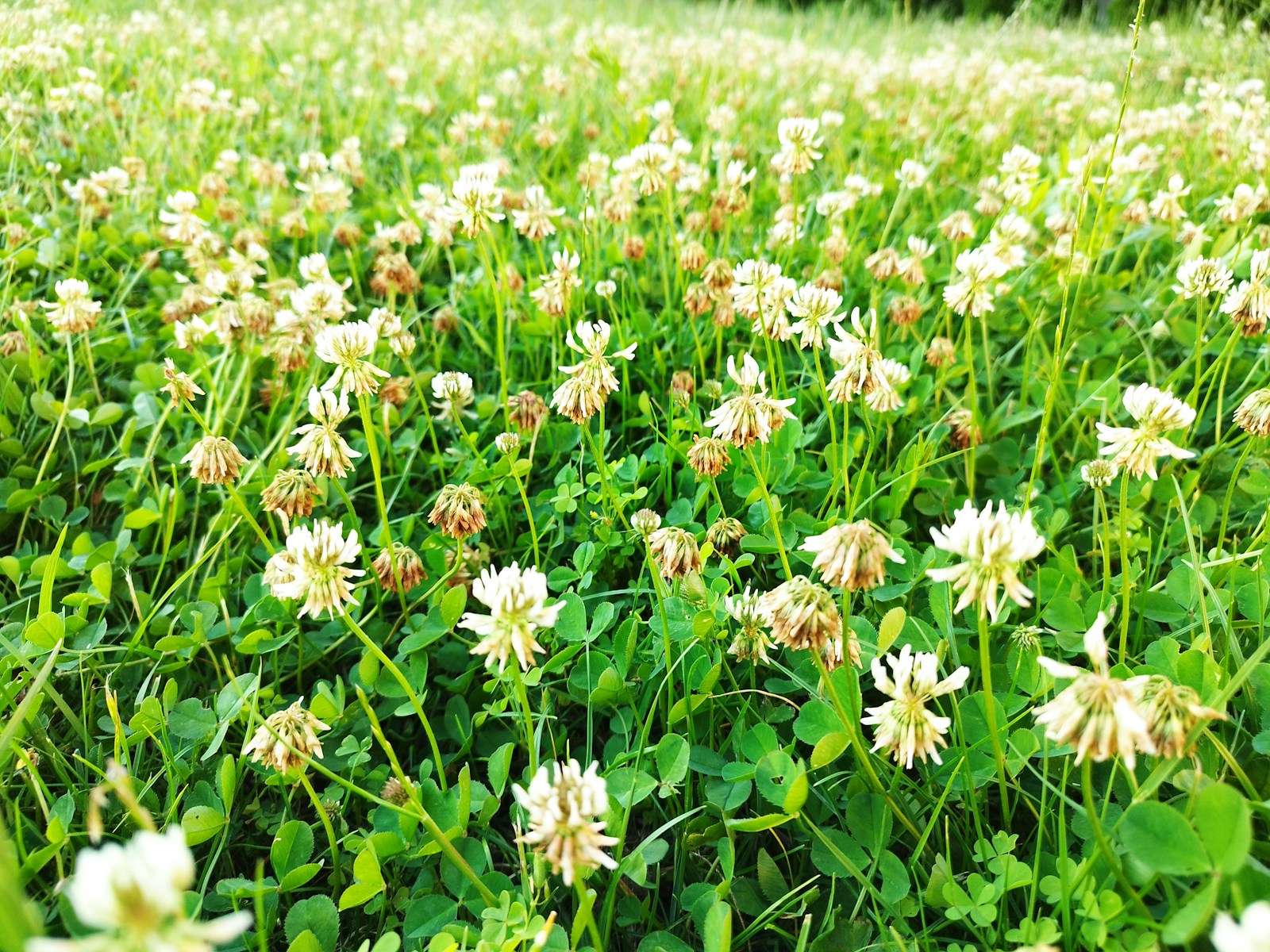When it comes to improving soil structure, drainage, and aeration, two heavyweight contenders often come up: pumice and perlite. Both are volcanic in origin, lightweight, and beloved by gardeners, but they have distinct differences that can make or break your garden’s success. Let’s dig into the details and help you decide which one deserves a spot in your gardening toolkit.
What Are Pumice and Perlite?
Pumice is a naturally occurring volcanic rock that’s mined and crushed into small, porous pieces. It’s heavier than perlite and retains water while still providing excellent drainage.
Perlite, on the other hand, is a form of volcanic glass that’s heated until it expands like popcorn. It’s ultra-lightweight, white, and improves aeration but doesn’t hold water as well as pumice.
Key Differences: Pumice vs Perlite
- Weight: Pumice is heavier, making it ideal for top-heavy plants or windy areas. Perlite is so light it can float to the surface over time.
- Water Retention: Pumice retains moisture better, while perlite is more about aeration.
- Durability: Pumice doesn’t break down over time, whereas perlite can crumble after a few seasons.
- Cost: Perlite is generally cheaper, but pumice offers long-term value due to its durability.
When to Use Pumice
- Succulents and Cacti: Pumice’s water retention and drainage make it perfect for these drought-loving plants.
- Heavy Soils: If your garden has clay soil, pumice can help break it up and improve drainage.
- Long-Term Beds: Since it doesn’t break down, pumice is great for perennial gardens.
Recommended Product: Horticultural Bonsai Pumice Succulent – Highly rated for its consistency and quality.
When to Use Perlite
- Seed Starting: Perlite’s lightness makes it ideal for delicate seedlings.
- Container Gardening: It keeps soil loose and aerated in pots.
- Hydroponics: Perlite is a popular medium for soilless growing systems.
Recommended Product: Espoma Organic Perlite – A trusted choice for organic gardeners.
Tools and Routines to Maximize Their Benefits
- Soil Testing Kit: Before adding amendments, test your soil’s pH and texture. Luster Leaf Rapitest Kit is a reliable option.
- Mixing Tools: Use a sturdy garden fork or tiller to blend pumice or perlite into your soil.
- Watering Schedule: Adjust your watering routine based on the amendment you choose. Pumice-heavy soils may need less frequent watering.

Expert Insight
According to the University of California’s Agriculture and Natural Resources Department, both pumice and perlite are excellent for improving soil structure, but pumice is particularly beneficial in arid climates due to its water retention properties.
Actionable Tips for Gardeners
- For Sandy Soil: Add pumice to improve water retention.
- For Clay Soil: Use perlite to enhance drainage and aeration.
- For Containers: Mix both pumice and perlite for balanced moisture and airflow.
- For Long-Term Beds: Invest in pumice for its durability.
Whether you choose pumice or perlite, both can work wonders for your garden. The key is understanding your soil’s needs and your plants’ preferences. Happy gardening!



